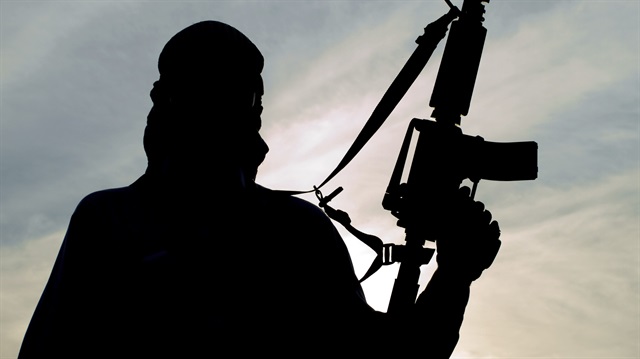
UN reports that Daesh has 'sleeper cells' throughout the region and Al-Qaeda has shown resiliency
Despite their defeat, an estimated 20,000-30,000 Daesh fighters are still in Syria and Iraq, according to a UN report published Monday.
The report on Daesh and Al-Qaeda, which was presented to the Security Council, said a smaller number of Daesh fighters had made their way to Afghanistan, where there are now 3,500-4,500 fighters. There are also 3,000-4,000 militants in Libya.
The report further noted that although Daesh was militarily defeated in 2017, it was able to regroup early this year. Within Syria and Iraq, it has been able to revert its structure to that of a "covert network".
While the Daesh threat may have been eliminated on the surface, the UN said there are still "sleeper cells" throughout Iraq, where it is able to launch attacks without controlling any territory.
Meanwhile in Somalia, Yemen and South Asia, Al-Qaeda has been showing resiliency compared to Daesh. In Yemen, there are 6,000-7,000 Al-Qaeda fighters compared to 250-500 Daesh fighters.
The Al-Shabab terrorist organization, which is affiliated with Al-Qaeda, is the strongest force in Somalia and has launched numerous attacks in and around the capital of Mogadishu.
Al-Qaeda is also active in the Sahel region of Africa on the border between Niger and Mali via its affiliate group Jama'at Nusrat al-Islam wal-Muslimin, according to the UN.



